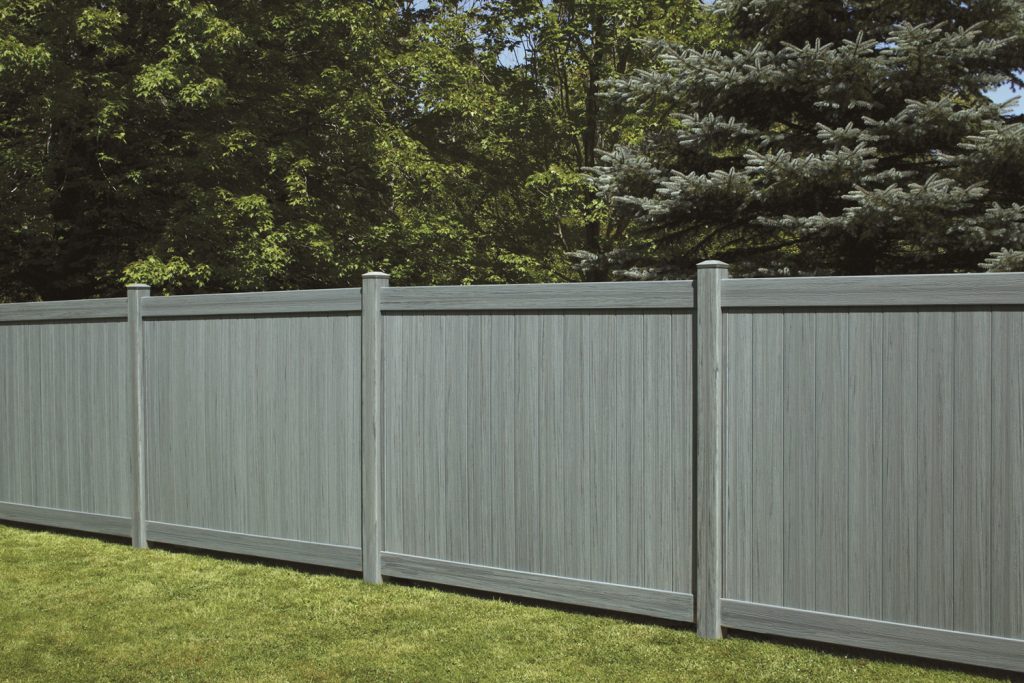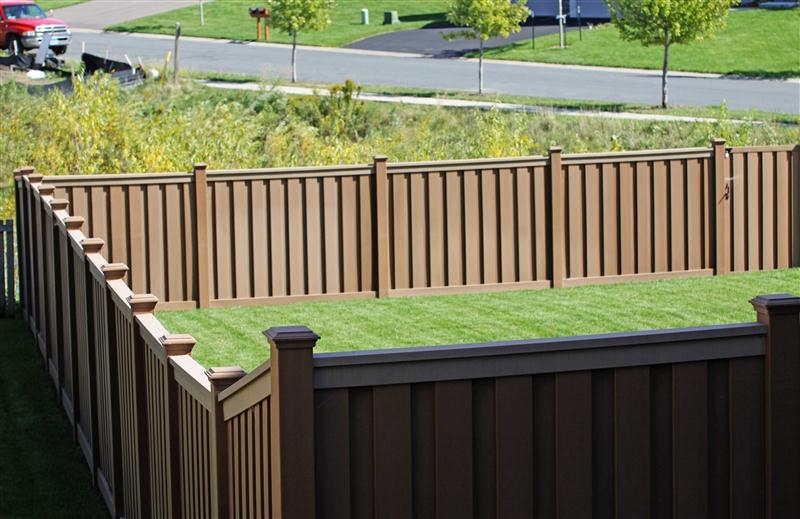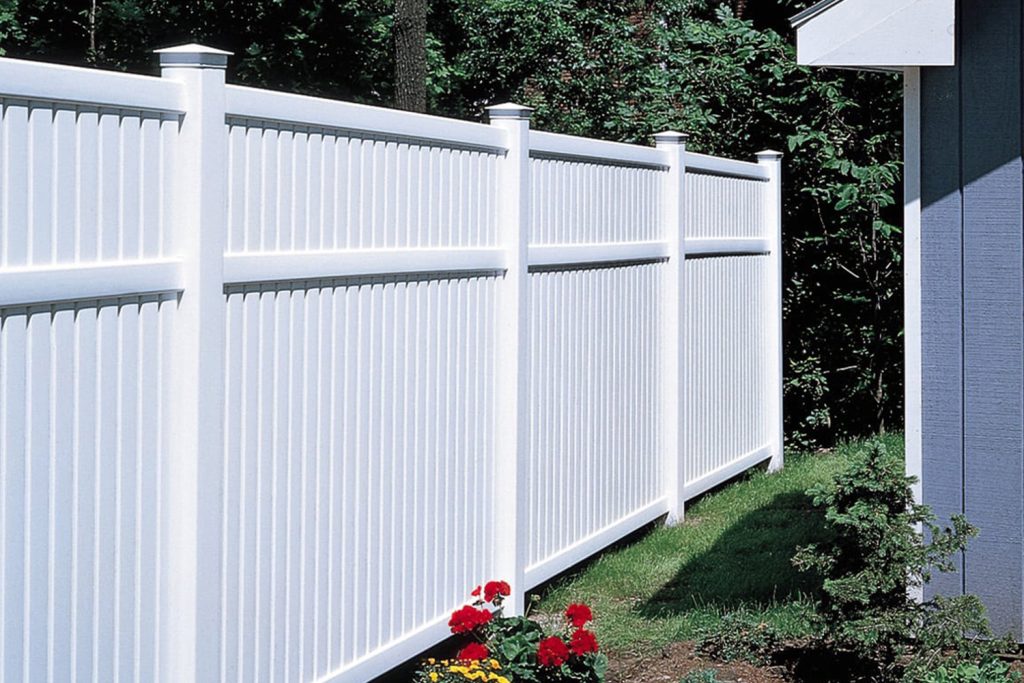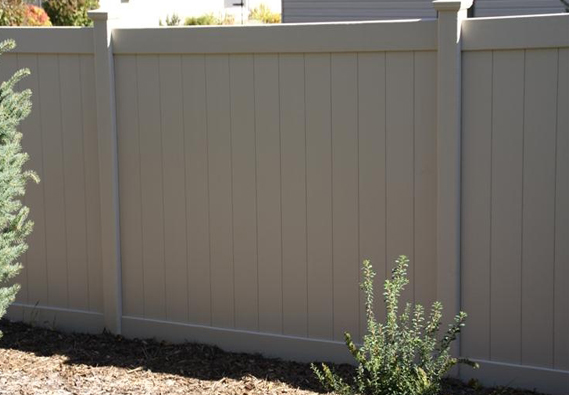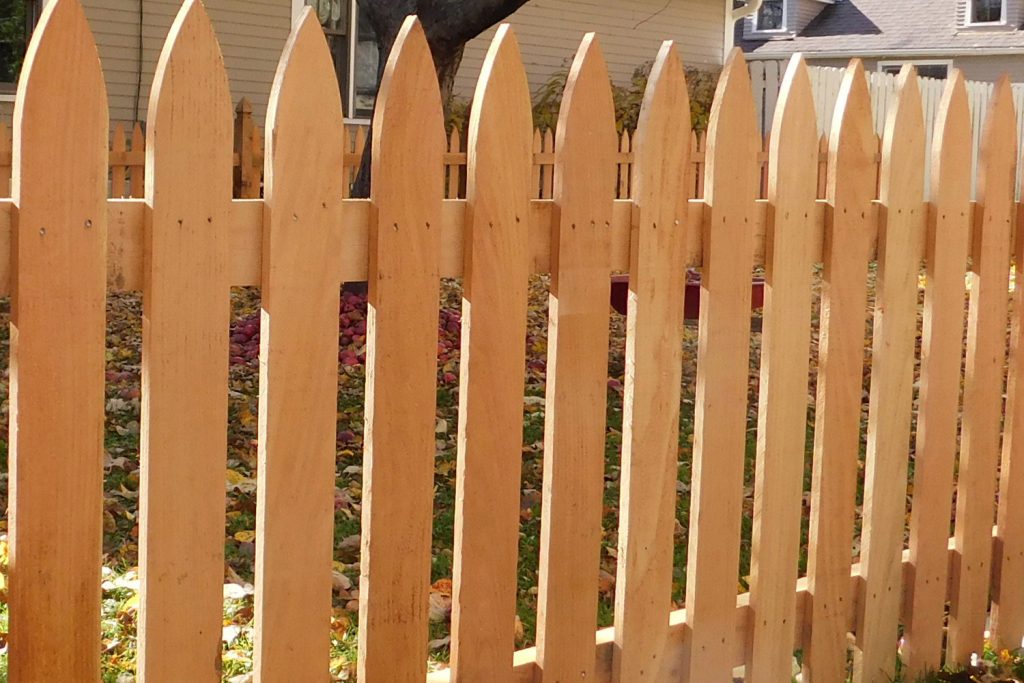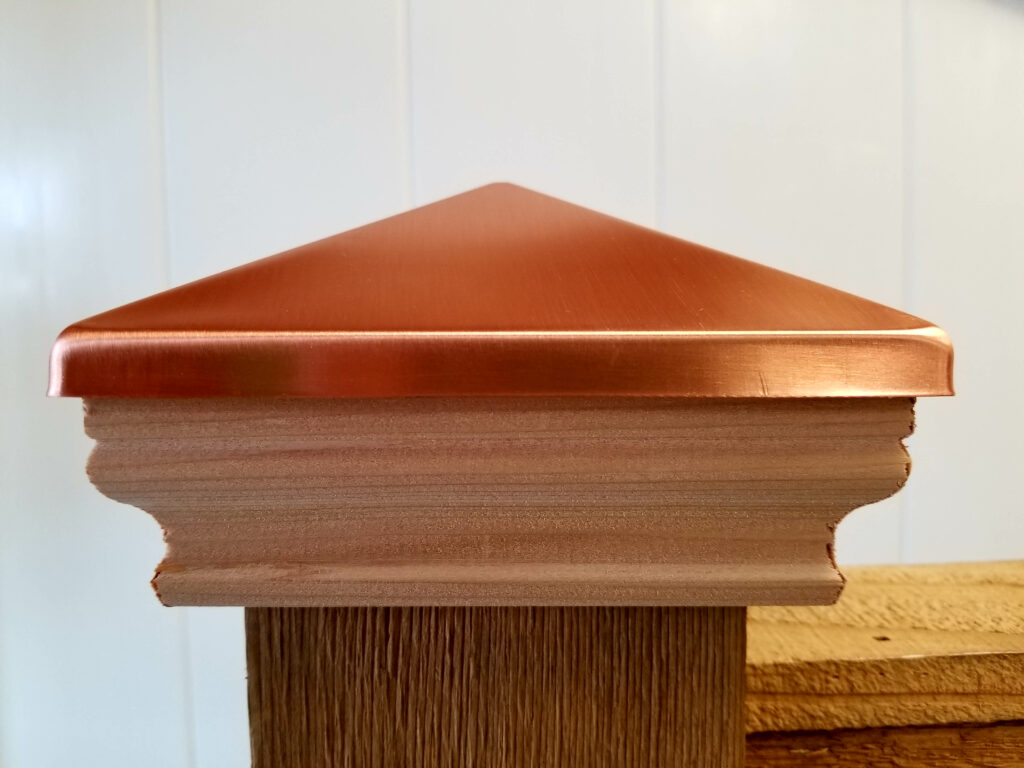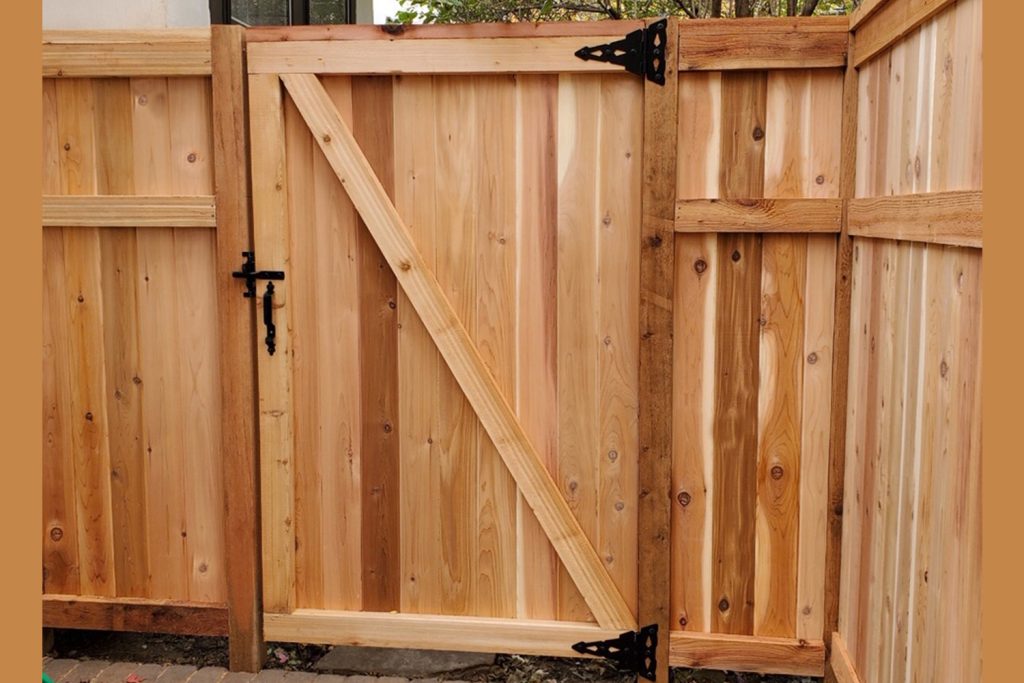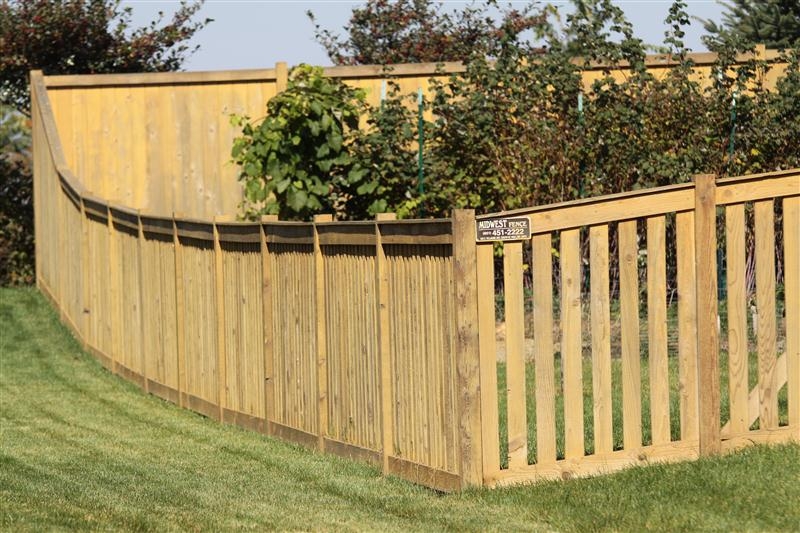Selecting the Right Fence: PVC Vinyl vs. Trex Composite
Selecting the Right Fence: PVC Vinyl vs. Trex Composite
Choosing the ideal fencing solution for your property can be a challenge, particularly when faced with two popular modern options: PVC Vinyl and Trex Composite. Both offer distinct advantages over traditional wood fencing, eliminating the need for frequent upkeep. Let’s delve into the specifics of each material to assist you in making an informed decision.
PVC Vinyl Fencing: A Cost-Effective and Lightweight Choice
Introduced in the late 1970s, PVC Vinyl fencing gained recognition as a low-maintenance and durable alternative to wood. Its plastic composition eliminates the need for painting or staining, requiring only occasional cleaning. This type of fencing is manufactured in prefabricated panels, enabling straightforward installation without screws or nails.
Additionally, PVC Vinyl fencing boasts a wide range of styles and colors, allowing homeowners to personalize their property’s aesthetic with a clean, modern look that complements various architectural styles.
Some options include Picket Style and Privacy Style. While PVC Vinyl is generally resistant to weather and insects, its lightweight nature may make it more susceptible to damage from high winds or impacts.
Trex Composite Fencing: Enduring and Eco-Conscious
Emerging in the late 1990s, Trex Composite fencing established its reputation by utilizing recycled materials from composite decks. This involves combining recycled wood and plastic into boards that closely resemble the look and feel of natural wood. This blend results in a dense board, highly resistant to cracking or chipping, proving itself as a long-lasting solution for your fencing needs.
Trex Composite fencing also offers superior color retention compared to PVC Vinyl, ensuring its vibrant aesthetics stay true for years to come, reducing the need for frequent cleaning or repainting. Trex Composite is also made with an eco-friendly composition, utilizing recycled materials, makes it a responsible choice for environmentally conscious homeowners.
Making the Final Choice: PVC Vinyl vs. Trex Composite Fencing
Your ultimate decision will likely depend on your specific needs and preferences. Budget-conscious homeowners might favor PVC Vinyl for its lower initial cost and simple installation. Those prioritizing long-lasting durability and an environmentally friendly approach may find Trex Composite fencing to be the superior choice, despite potentially higher upfront costs.
Regardless of your selection, Midwest Fence is here to guide you throughout your fencing project. We offer installation services for both PVC Vinyl and Trex Composite fences, along with complimentary estimates to help you assess your project’s scope and budget. Whether you prioritize the lightweight convenience of PVC Vinyl or the robust sustainability of Trex Composite, trust Midwest Fence to expertly bring your vision to life and all 651-451-2222 today to schedule your free estimate.

